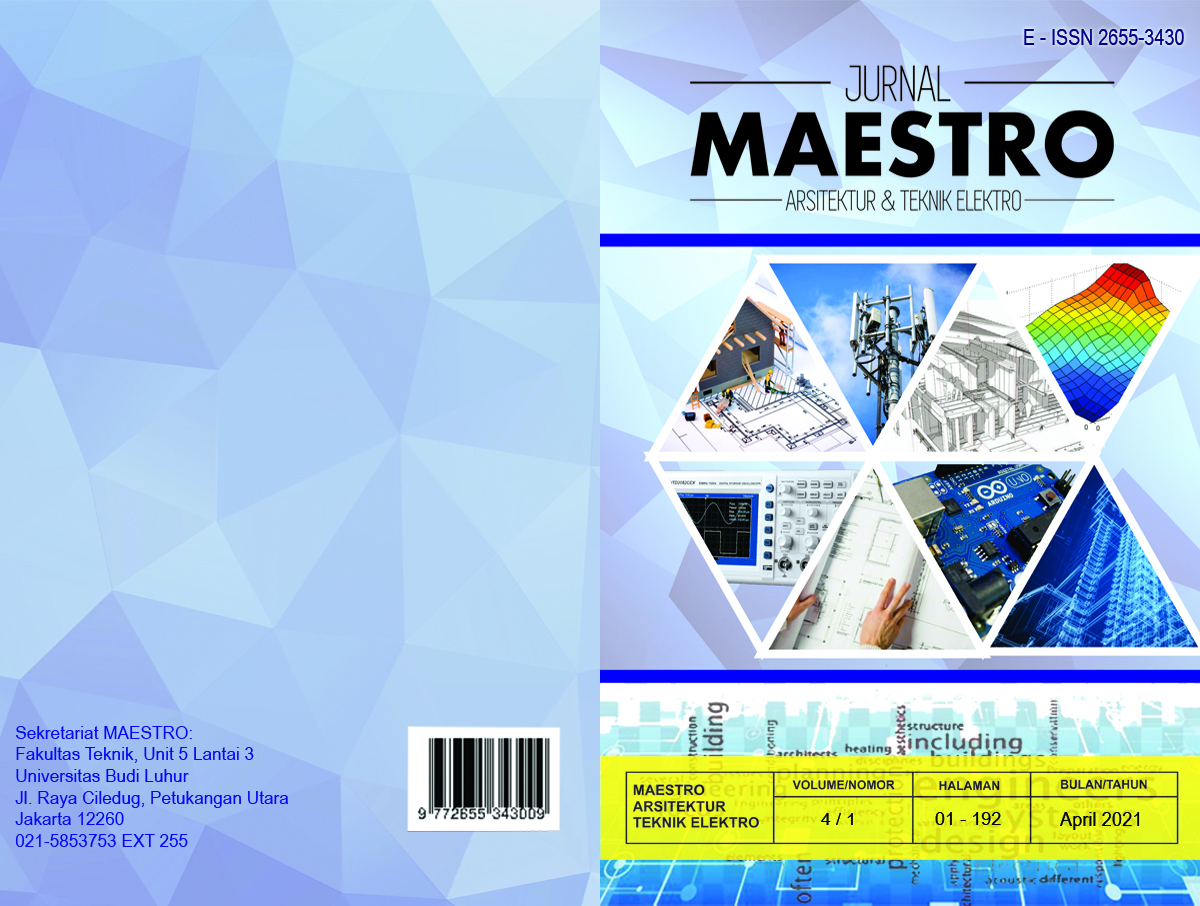Perancangan perangkat pengontrol listrik panel surya atap rumah
Keywords:
solar cells, Wifi, IoT, real time, ArduinoAbstract
Solar cells are a system of changing sunlight energy into electrical energy. At this time solar cell activists are promoting the introduction of solar panels to the wider community, producing so many benefits of solar cells such as backup energy when the main energy (PLN) is not available. More and more use of solar electricity for the roof of the house, it is an opportunity to create a solar panel electric control device, monitoring the output of the solar panel system can be done in various ways, one means of controlling and monitoring the solar panel system, a solar panel control device for the roof of the house has been designed. the use of Arduino mega 2560 components, esp 32 as a shild Configuring with the Pzem004 power sensor as the main material in this design, is part of the main component of the parameter monitoring tool from voltage power, frequency current, power factor and energy used for this device, storing monitoring parameters can in the form of data loggers, the use of ESP32 and BLynk Applications for remote control of systems such as IoT (Internet Of Things) and the data is presented in real time. In this final project, control and monitoring of solar panel systems using wifi networks and the use of DHT temperature sensors are realized in the context of monitoring the area around the installed solar panels. For controlling the performance of solar cells and solar cell monitoring systems, it can be done remotely and find out how much usage has been used with solar cell data can be seen in real time, There are 2 (two) selected modes used for controlling electricity used in Residential loads, Auto Mode and Manual Mode for mode Have a choice of two sources of electricity, namely solar panel electricity and electricity. The test is carried out by collecting the output data of the electrical parameters from each of the installed components, for this reason the need for calculations in planning the design of solar panel electrical devices as a suitability in the use of the amount of electrical power that will be supplied to the use of a house or multi-storey building.
References
Abrori, M., Sugiyanto, S. and Niyartama, T. F. (2017) ‘Pemanfaatan Solar Cell Sebagai Sumber Energi Alternatif dan Media Pembelajaran Praktikum Siswa Di Pondok Pesantren “Nurul Iman†Sorogenen Timbulharjo, Sewon, Bantul, Yogyakarta Menuju Pondok Mandiri Energi’, Jurnal Bakti Saintek: Jurnal Pengabdian Masyarakat Bidang Sains dan Teknologi. doi: 10.14421/jbs.1131.
Dahlan, B. Bin (2017) ‘SISTEM KONTROL PENERANGAN MENGGUNAKAN ARDUINO UNO PADA UNIVERSITAS ICHSAN GORONTALO’, ILKOM Jurnal Ilmiah. doi: 10.33096/ilkom.v9i3.158.282-289.
Putra, R. A. (2016) ‘RANCANG BANGUN AUTOMATIC TRANSFER SWITCH (ATS) PADA JARINGAN PLN DAN SEL SURYA’.
Raditya, G. (2018) No Title, https://janaloka.com/apa-perbedaan-panel-surya-monocrystalline-dan-polycrystalline/.
SinauArduino (2016) No Title, https://www.sinauarduino.com/artikel/mengenal-arduino-software-ide/ 2016.
Susanto, E. (2013) ‘Automatic Transfer Switch (Suatu Tinjauan)’, Jurnal Teknik Elektro Unnes, 5(1), pp. 3–6. doi: 10.15294/jte.v5i1.3549.
 



